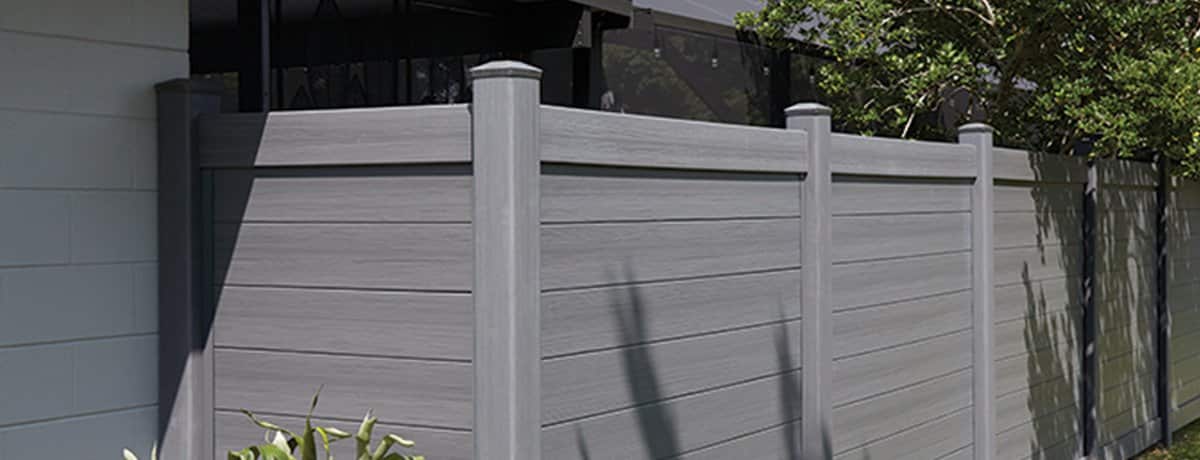At Utah Fencing Company, we understand that installing a fence is not just a matter of personal preference; it also involves navigating legal requirements and regulations. Fencing permits and compliance with local laws are essential aspects of any fencing project. In this blog post, we’ll guide you through the process of understanding fence permits and regulations to ensure a smooth and compliant installation.
Why Permits and Regulations Matter
Fence permits and regulations are in place for several important reasons:
- Safety: Ensuring that fences meet safety standards is vital to prevent accidents and injuries.
- Property Boundaries: Regulations help define property boundaries, preventing disputes among neighbors.
- Aesthetics: Maintaining community aesthetics and property values often requires adhering to certain design and height restrictions.
Research Local Regulations
Understanding local regulations is the first step in the fencing process. Here’s what you need to consider:
1. Zoning Laws
Zoning laws determine how properties can be used and what structures are allowed. Check the zoning regulations for your area to confirm that fencing is permitted on your property.
2. Fence Height
Most areas have specific rules regarding fence height. Measure the height from the ground to the top of the fence to ensure compliance.
3. Materials and Design
Some locations have regulations on the materials and design of fences, particularly in historic districts or areas with strict aesthetic guidelines.
4. Property Lines
Verify your property lines to ensure that your fence stays within your boundaries. A licensed surveyor can help you accurately determine your property lines.
5. Homeowners’ Association (HOA) Rules
If you live in an area with an HOA, review their guidelines as they may have additional restrictions on fencing materials, styles, and colors.
Obtaining a Fence Permit
In many areas, you’ll need a fence permit before you can install a fence. Here’s how to obtain one:
1. Contact Your Local Building Department
Reach out to your local building department to inquire about the permit application process. They can provide you with the necessary forms and information.
2. Submit Your Application
Complete the permit application, providing all required documentation, such as a site plan, fence specifications, and property surveys.
3. Pay Permit Fees
Pay the required permit fees, which can vary depending on your location and the type of fence you plan to install.
4. Wait for Approval
Once your application is submitted, it will be reviewed by the building department. Approval times can vary, so be patient during this process.
Building Your Fence
After obtaining the necessary permits and ensuring compliance with local regulations, you can proceed with your fencing project. It’s crucial to follow the approved plans and specifications to avoid any legal issues.
Conclusion
Navigating fence permits and regulations is a crucial part of any fencing project. At Utah Fencing Company, we can assist you in understanding and complying with local laws and regulations, ensuring that your fence installation is both safe and legally compliant. Contact us today at 801-905-8153 or visit our website at utahfencing.co for expert guidance on your fencing needs.




